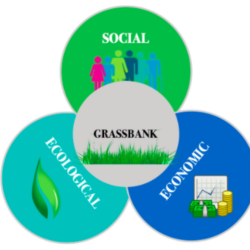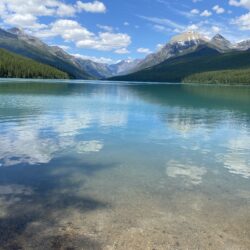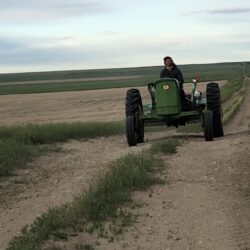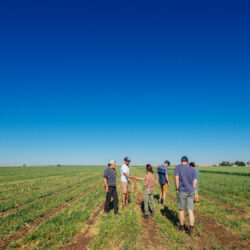Predicting the Future—Jon Michel
I don’t think I need to describe to anyone that we’re living through a very odd time. With everything going on in regard to the COVID-19 pandemic as well as the looming threat of climate change, it seems like computer modelling of future conditions has become more relevant than ever. Attempting to model the future Read more about Predicting the Future—Jon Michel[…]









